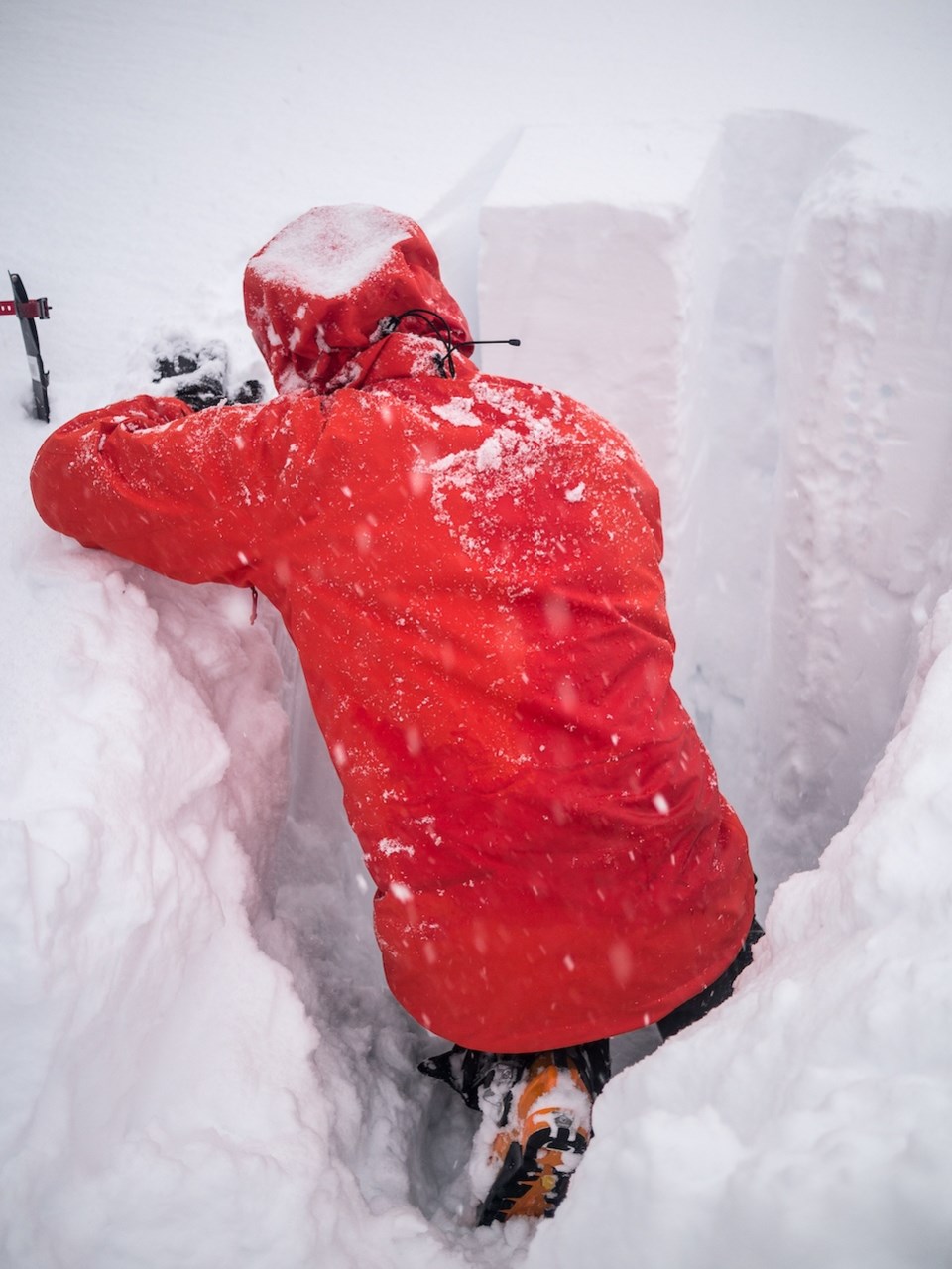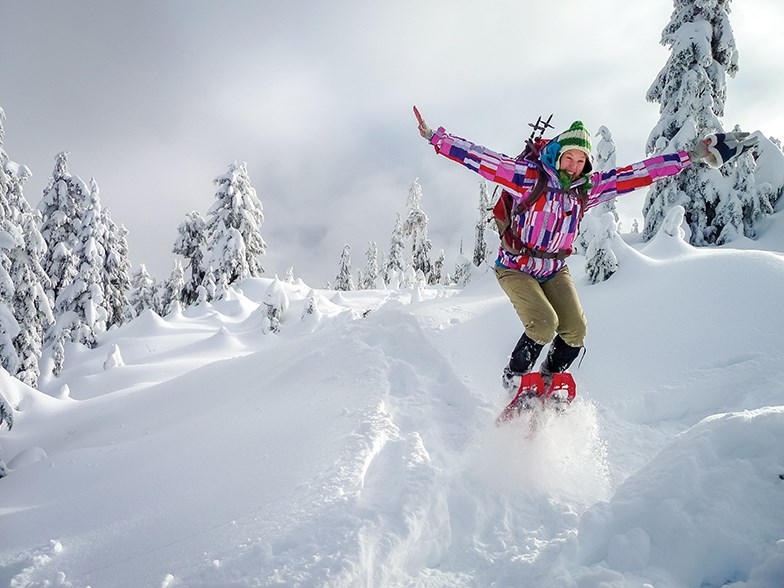For many, winter in and around Â鶹Éçąú˛úis their favourite time of year. They find their happiness in that special kind of water, the kind that falls frozen and blankets our mountains and glaciers in many metres of pristine, white snow.
While most know them as skiers and snowboarders, there are just as many winter enthusiasts out there in cold weather boots and snowshoes tramping through the forests and up into the mountains to see the frozen lakes and feel the hairs of their nostrils become prickly from the cold.
For others though, the winter months are seen as nothing but a challenge. Not only due to the short days and cold but also due to a wariness about the ever-present danger of avalanches up in the mountains.

Not a year goes by in Canada without a few tragic accidents involving avalanches.
This news, as well as a lack of training in mountain environments, can lead many outdoor enthusiasts to simply put their hiking equipment into storage and hibernate until the mountains lose their white coats again in the late spring and summer.
If you find yourself falling into this category, then fear not.
Local avalanche expert Bram Whillock offers some insight for the novice hiker or snowshoer thinking about exploring our mountains close to home. Whillock has been an avalanche educator in the Sea to Sky for four years and is an active member of Avalanche Canada with an Industrial Level 2 Avalanche Canada Certification.
“Avalanche danger is generally present as soon as we have our first major fall snowfall,” says Whillock. “Once we have an initial snowfall for the year it can be quite a dangerous and unpredictable time, so it’s best to wait until there is public avalanche forecasting, which generally starts up in about mid-November.”
The avalanche.ca website provides a daily avalanche danger rating through the winter for specific mountain areas around Canada. These forecasts detail the snowpack and also provide a colour cue that describes how dangerous travel on snow could be. Green for low danger; orange for moderate; red for high and black for extreme danger.
If you are interested in taking your first step towards avalanche awareness and eventually training down the road then simply visiting the avalanche.ca website and starting to read up on how to use it and the resources they provide is a great way to start.
Ideally, Whillock recommends adventurers take the two-day The AST (Avalanche Safety Training) Level 1.
 The courses are put on by various guiding companies and mountain schools in the Lower Mainland. A Level 1 certification will teach you about avalanche hazard recognition, terminology, and mechanics as well as give you a basic understanding of terrain evaluation, mountain weather, and snowpack structure. You will also be introduced to the equipment used to both analyze the snowpack and also find and extricate someone from an avalanche should they be caught in one.
If money or time is an obstacle, an Avalanche Awareness day is a good alternative as they are free to the public. Keep an eye on avalanche.ca for information about the next awareness day happening this winter in our region.
Speaking to the considerations a winter hiker should have, Whillock says “for snowshoers the danger is not very apparent when you’re in an open area and you’ve got [avalanche] slopes to the side or overhead.”
From my own personal journey with progressing from a hiker to a snowshoer to now a backcountry skier I can relate and agree. On many of my first snowshoe trips, I simply didn’t know anything about avalanches. I stuck to flatter areas, but in hindsight, quite a few of those trips passed below avalanche slopes that could have fallen on me.
Whillock recommends beginners seek out and find mentors. “Someone who has quite a bit of experience and good training on their own who can help you to understand and manage yourself in the backcountry.”
If your social circle is lacking in people active in mountain travel then I highly recommend joining one of the Lower Mainland clubs such as the British Columbia Mountaineering Club or the Alpine Club of Canada, both of which organize trips in winter and awareness days about avalanche risks and safety.
Winters are long in Canada and it would be a shame to not get out and see the majesty of our local mountains when they are covered in ice and snow. Start thinking today that this season is the one when you start learning about and understanding avalanches and how to avoid them.
With knowledge and a developed mountain sense, the mountains will open up to you, and you will be able to plan to get out into nature safely throughout most of our winter here in Squamish.




